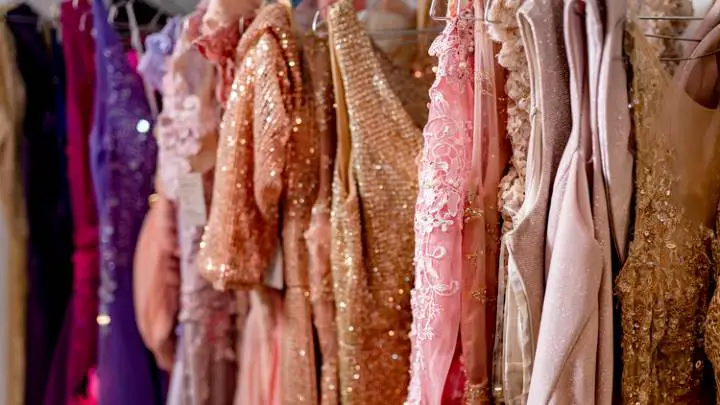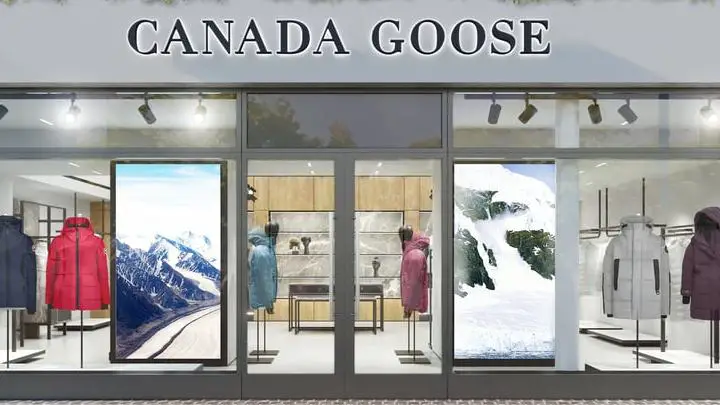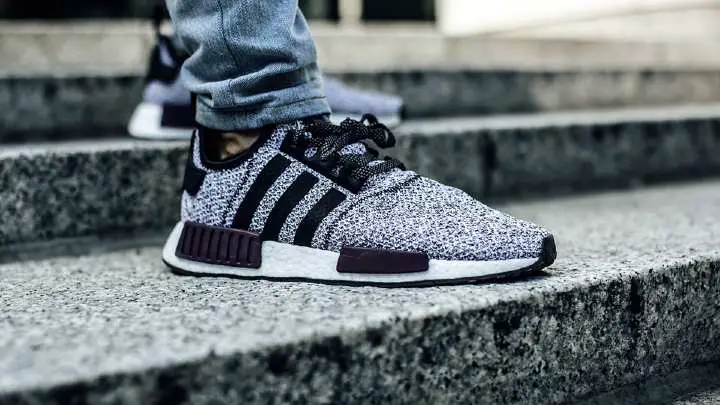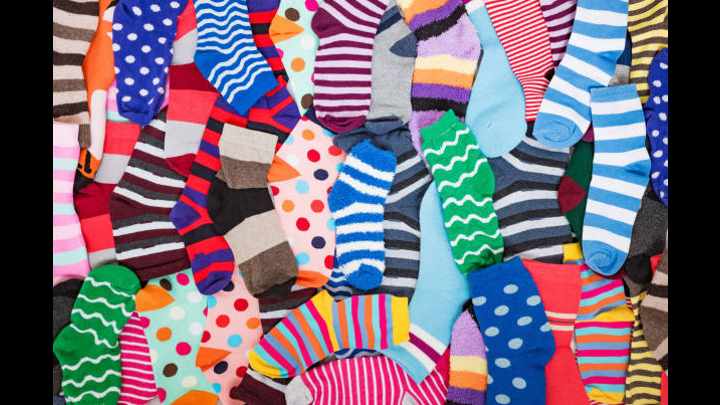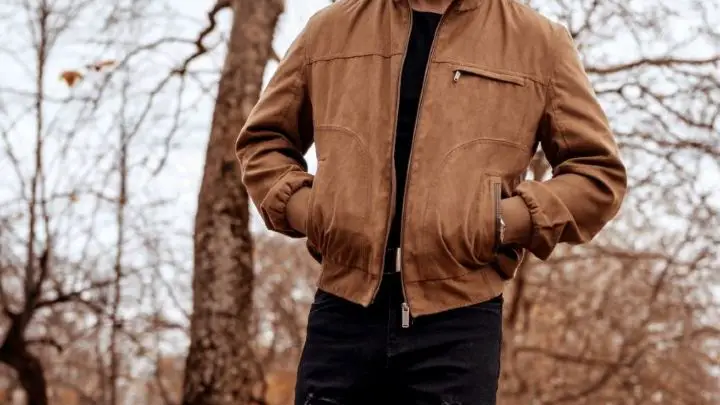Ever wondered why and how catwalk clothes are filling stores and eventually the streets? Well, almost everyone has. And this wave has a name, it is called fast fashion. It replication of high-end designs into low and affordable clothing sure has a toll on individuals and the fashion industry at large.
Before you make any conclusions, you should know what it is about and if it’s a trend to be lauded. Moreover, a lot of brands have exalted this trend and this is why it has filled the marketplace. One thing everyone knows is that fashion has moved from being laborious to very easy and affordable.
Ahead, this article contains everything you need to know about fast fashion, the brands that do this concept, and every other important detail as regards this concept.
What Is Fast Fashion?
The term “fast fashion” describes a fashion concept that moves high-fashion clothing designs from the catwalk to stores to keep up with trends. It works with recent fashion trends to produce affordable clothes with big designs for mainstream consumers.
Fast fashion became commonplace in the late 20th century as the high cost of manufacturing clothes inadvertently affected the cost of purchasing manufactured clothes. It started with new technology that brought sewing machines and textile machines.
Furthermore, this concept grew as more manufacturing companies took advantage of an opportunity to produce more clothes to meet the increasing demand for affordable clothes. Moreover, they started as small stores but have now gained footing in the large market.
Research has it that Amancio Ortega, the founder of Zara, started the fast-fashion concept. It’s reported that he started a clothing industry in 1963 which had unique designs of the brand and affordable clothes that were an exact resemblance of high-end fashion.
Additionally, while many see this as a blessing since it brings high-end designs to mainstream consumers at an affordable price, some people see it as a problem. Moreover, it is fast affecting established production strategies of clothing lines.
SEE: Is GUESS A Good Brand Or Not?
How Does Fast Fashion Impact the Environment?
When you take a look at how much manufacturing companies make from fast fashion and how it, in turn, increases economic growth, it is easy to laud the concept. However, this concept harms the environment and this is a major reason why it is frowned at.
The rapid production of clothes has increased the production of waste from textile companies. This waste contains dyes, caustic solutions, and other chemicals. Fast fashion is, therefore, responsible for 10% of the greenhouse gas emissions that affect the earth.
Furthermore, greenhouse gas emissions pollute and degrade the soil. This is one of the major causes of global warming and it is a threat to global food security. Besides, the sheep raised to produce wool overgraze the land. Deforestation is also on the increase as manufacturers seek wood-based fibers.
In addition, there is a prediction that this amount of gas emissions will rise by 50% come 2030. Moreover, with the rise of this trend, it is more difficult to achieve sustainability goals because the fashion industry already contributes 20% to the world’s wastewater.
While it contributes this significant percentage to the world’s wastewater, it is the second-largest water-consuming industry. Reports show that it takes 700 gallons of water to produce one cotton shirt and 2000 gallons to produce a pair of jeans.
If the fashion industry now consumes and releases this much water as waste, it is okay to conclude that this concept harms the earth. It is costing the environment a lot, and this can, in turn, affect the lives of people and animals.
SEE: Create Your Unique Style With Tips on How to Be More Fashionable
Why Is Fast Fashion Bad?
Fast fashion is bad because of its side effects on humans and the environment that cannot be overlooked. They include:
1. Large consumption of energy
Fast fashion encourages plastics conversion to textiles and this process consumes a lot of energy. This process requires a lot of petroleum and the energy released thereafter is not good for the environment.
In addition, after polluting the soil with chemicals to plant cotton, the manufacturing process does more harm because it is also an energy-intensive process
2. Exploitative and inhumane labor practices
Fast fashion poses a threat to the health and well-being of the staff that works in companies that produce such items. These places have moved from being workplaces to sweat places. Workers work at a high speed to meet up with the demands of the mainstream consumers.
However, they are not compensated enough for these troubles. More so, the work environment is polluted and completely unhealthy for the workers. The workplaces are poorly ventilated and the staff is directly exposed to harmful chemicals.
Reports show that some of these companies use child labor and forced labor to get work done. After making people work long hours in an unhealthy environment, you’ll find that some companies pay way less than the agreed minimum legal salary.
3. Clothes now contain chemicals
Fast fashion has put a high demand on the production of cheap materials like polyester, nylon, elastane, and acrylic. These materials are produced from heavy fossil fuels. Surprisingly, polyester is synthetically produced from polyethylene terephthalate (PET), the major component of plastic bottles.
You can imagine the chemicals this trend makes people wear. Additionally, other chemicals like those used in dyeing and bleaching fabrics are also used on clothes. Eventually, people wear these clothes, the skin absorbs these chemicals and poses danger to their health.
SEE: What Is Athleisure? Find Out How to Mix Athletics With Fashion
Who Is Buying Fast Fashion Brands?
The consumers buying fast fashion are those who are looking for affordable designs gotten from catwalk shows. These people are ready to imitate even if they come in poor-quality fabrics.
Moreover, these clothes come in a wide array of styles to choose from. You’ll find a good number of people who pay attention to their style patronize high-street stores in search of such clothes.
A statistics report shows that 88% of consumers in the United States would rather shop for fast fashion. In Europe, 46% of consumers go for these items. 25% of consumers in India and 21% of consumers in China buy these items too.
How Can You Avoid Fast Fashion?
Buy less
Buy less by getting quality items that can last longer. This is one of the proven ways to stop this trend. You don’t have to buy every trending style. If you find it a little difficult to do this, you can start a challenge with your friends. It could get easier.
Make good choices
Choose your clothes and brands with adequate information. Look up brands that use eco-friendly fabrics to make clothes. Avoid materials you know harm the environment. In essence, be selective of the fabric you choose to buy.
Go for sustainable brands
Know who made your clothes. It’ll help to look them up and check their background and values. Patronize brands that show concern for sustainability and the production process. This way you can be sure that you’re not in any way contributing to environmental pollution.
Resell your used clothes
Instead of throwing away your old clothes, resell them. You’ll be doing yourself, the buyer, and the environment at large a huge favor. When there are enough used clothes in the market, producing fast fashion clothing will no longer be necessary.
Make second-hand clothes an option
If you’re going for fast fashion because of affordability, you’ll save more with pre-owned clothes. Many thrift stores have beautiful and very stylish clothes. You might also find clothes that no one has worn before.
Rent some outfits
Rent those clothes you don’t need after the day’s event. For instance, wedding dresses some dinner gowns, and other ceremonial outfits. These clothes are not everyday clothes. So, you can look stylish and luxurious by renting these clothes from any high-end fashion brand of your choice.
SEE: What Is Business Casual? The Right Way to Stay in Style at Work
Maintain your clothes well
Proper maintenance of your clothes will make them last longer. Look after your clothes as instructed by the manufacturer. Mend clothes that you can mend (that is, clothes that still have strong fabric). Wash them with the right soap and keep them looking neat.
Moreover, when your clothes are in a good condition, you won’t need to replace them. Also, it makes it easier to recycle or swap them with friends.
Recycle your clothes
Recycling your clothes is a good way to avoid fast fashion. Revamp your clothes by dismantling them and having them sewn again into a different style, probably something you admire on the internet. If you don’t know how to go about this, consult a fashion designer.
However, make sure you’re recycling clothes that are not yet weak. Otherwise, your efforts might go to waste.
SEE: What Is A Monokini And Is It Still In Vogue?
What Are Fast Fashion Brands?
Zara, H&M, Uniqlo, Stradivarius, Primark, Rip Curl, Urban Outfitters, Victoria’s Secret, Shein, Mango, Espirit, Missguided, Zaful, Gap, Guess, New Look, Forever 21, Fashion Nova, and Pull & Bear are some of the fast brands
Some of the ways to identify them include their mass production at short intervals, they release a new collection immediately after a catwalk trend comes, their clothes have poor and cheap quality, and they have reports of over laboring their underpaid workers.
SEE: Best Makeup Kit in All Sizes You Could Possibly Want
What Is Slow Fashion?
Slow fashion is a sustainable alternative to fast fashion. It prioritizes quality over quantity, using eco-friendly materials over fabrics that pollute the environment, and fair wages & the health of workers over forceful labor & meager wages.
Slow fashion is another opportunity for the clothing industry to get things right. As consumers, you can encourage slow fashion by prioritizing quality clothes over trendy outfits. Also, go for items you know you’ll use more often and items that will last for a long time.
One thing about fast fashion items is that they do not last long, so you can stop gathering such items and invest in high-quality. Brands and individuals who support slow fashion are on the rise and this will the planet more habitable.
SEE: Is Tommy Hilfiger Expensive And Worth Buying?
FAQs
What age consumes fast fashion the most?
A large population of people who wear fast fashion is people between the ages of 18 and 24. You’ll find that the consumers within this age group are students and are low-income earners. Also, most of the people in this population are females who love to shop.
Is fast fashion increasing or decreasing?
Although not the fast rate with which it increased, fast fashion is slowing down. Some brands and individuals are strongly kicking against this concept that puts a threat on earth- the environment and people in it. Moreover, slow fashion is on the rise and it’s highly lauded.
How did fast fashion become successful?
As opposed to high-end designs that were only affordable to some people, fast fashion brought these high-quality clothes in simple, accessible, and affordable fabrics. This got the attention of the mainstream consumers and increased the income of companies.
Conclusion
Fast fashion, simply put, is making affordable duplicates of high-quality clothes to keep up with trends. This type of fashion has its toll on the earth. And considering this on a broader range, it affects the lives of humans and animals.
Wonderfully, it can be avoided and stopped. If individual shoppers make it a duty to invest more in high-quality, fast fashion can become a thing of the past. So far, slow fashion is on the rise to counter fast fashion and support sustainability.
Thanks for reading.
Africana Fashion provides you with detailed information on the many fashion trends.
